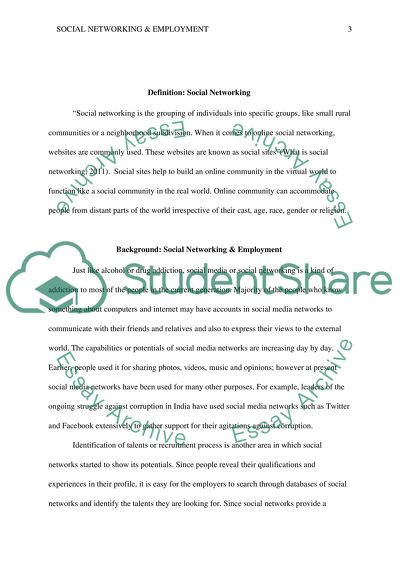Cite this document
(“Social Media and Employment Research Paper Example | Topics and Well Written Essays - 2250 words”, n.d.)
Retrieved from https://studentshare.org/information-technology/1430964-social-media-and-employment
Retrieved from https://studentshare.org/information-technology/1430964-social-media-and-employment
(Social Media and Employment Research Paper Example | Topics and Well Written Essays - 2250 Words)
https://studentshare.org/information-technology/1430964-social-media-and-employment.
https://studentshare.org/information-technology/1430964-social-media-and-employment.
“Social Media and Employment Research Paper Example | Topics and Well Written Essays - 2250 Words”, n.d. https://studentshare.org/information-technology/1430964-social-media-and-employment.


